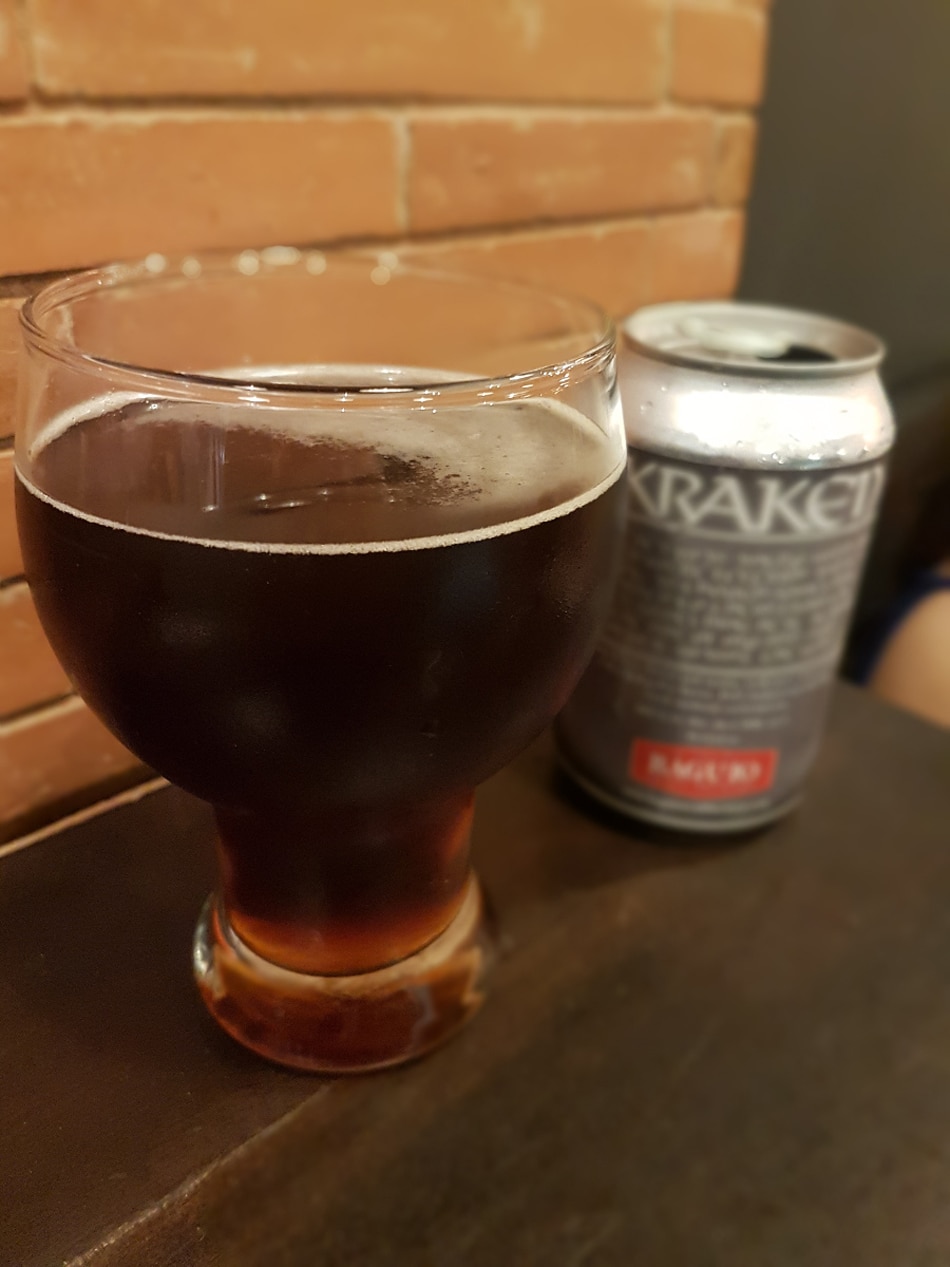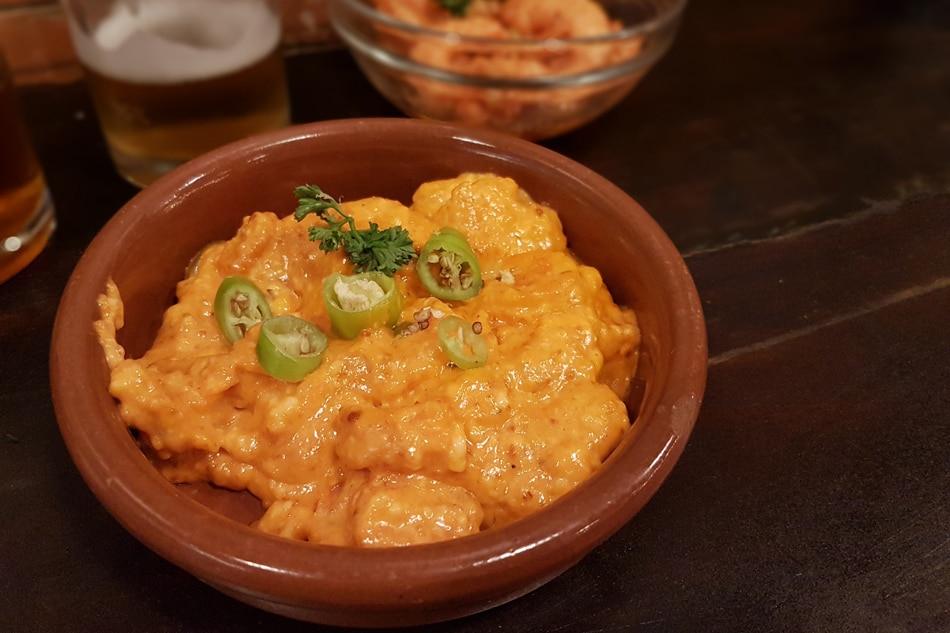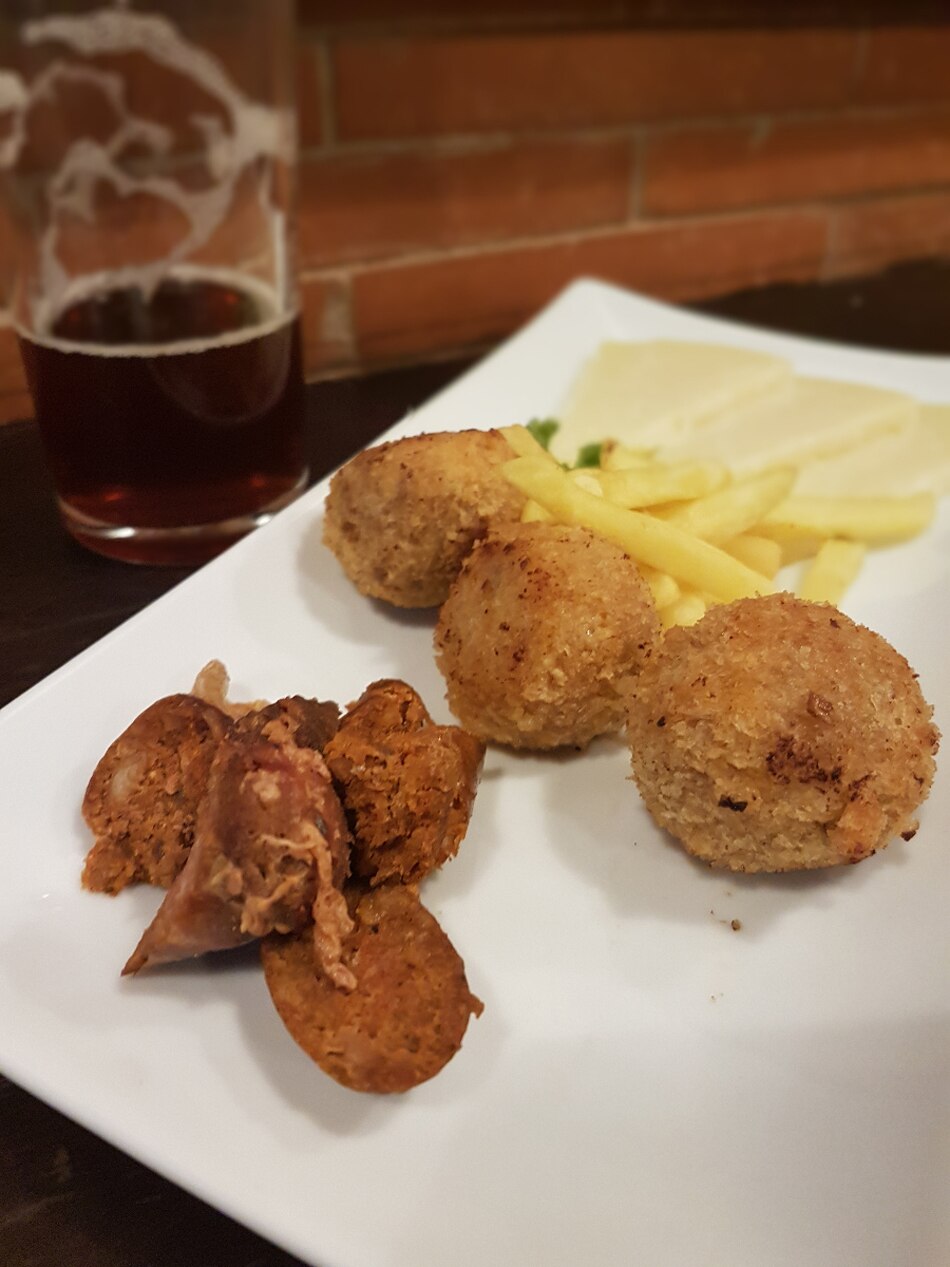European legacy in Davao City history is an under explored subject, especially when discussions turn to the less-known contribution of Germans in the region historiography.
By Europeans, it always points to the Spaniards who colonized the Philippines and converted most of the archipelago into a Catholic enclave; the Portuguese, who predated Spain into the proselytizing of Davao; and the Dutch, who opened trade links with the fiefs around Davao Gulf in the 17th century.
But the Germans, too, have their unique contributions to the region's natural history. In fact, two German naturalists have immortalized their names after two of the most important flower finds in Davao area, the Rafflesia schadenbergiana, known to the Bagobo as the 'bo-o', and the Vanda sanderiana, or the waling-waling, are named after the Germans.
The Rafflesia schadenbergiana, the largest flower among the species found in the Philippines, was discovered in 1882 by naturalists Alexander Schadenberg and Otto Koch, while the Vanda sanderiana , worshipped by the Bagobo as a goddess and one of the country's national flowers, got its appellation from Heinrich Friedrich Conrad Sander, a noted German orchidologist.
Berthold Stein, also a renowned German botanist, was honored in 1885 after a small tree, R. apoanum Stein, discovered at Todaya, Santa Cruz, Davao del Sur, was named after him.
Schadenberg, Rizal's pen pal
Born in Breslau, Germany, Alexander Schadenberg (1852-96) was a medical doctor trained in pharmaceutics and botany. in 1879, he visited the Philippines to study the Negritos but first worked in a German pharmacy in Manila before deciding to go home to marry his countryman and arrange a temporary separation from his spouse while finishing the researches.
Upon his return, Schadenberg brought with him all the needed instruments and articles of exchange necessary in dealing with the natives. He then linked and worked as a team with Otto Koch, another German naturalist in the country. Their most famous work together, published in a book a year later, was in 1882, when they discovered the new species of the Rafflesia later named after him, and conquered Mount Apo.
Discovered in 1885, the burrowing skink, scientifically known as Brachymeles schadenbergi, found in Davao and some regions of Mindanao, was also named in his honor.
Dr. Schadenberg, in his personal life, was a pen pal of Dr. Jose Rizal, the national hero. In his correspondence to Dr. Ferdinand Blumentritt dated December 19, 1893 and postmarked at Dapitan, Rizal mentioned Schadenberg's letter to him saying "the History I sent to [Adolf Bernhard] Meyer [a respected German anthropologist, ornithologist, entomologist, and herpetologist] has been sinking of the Normandy."
(To be continued!)


 IN MY OPINION
IN MY OPINION








